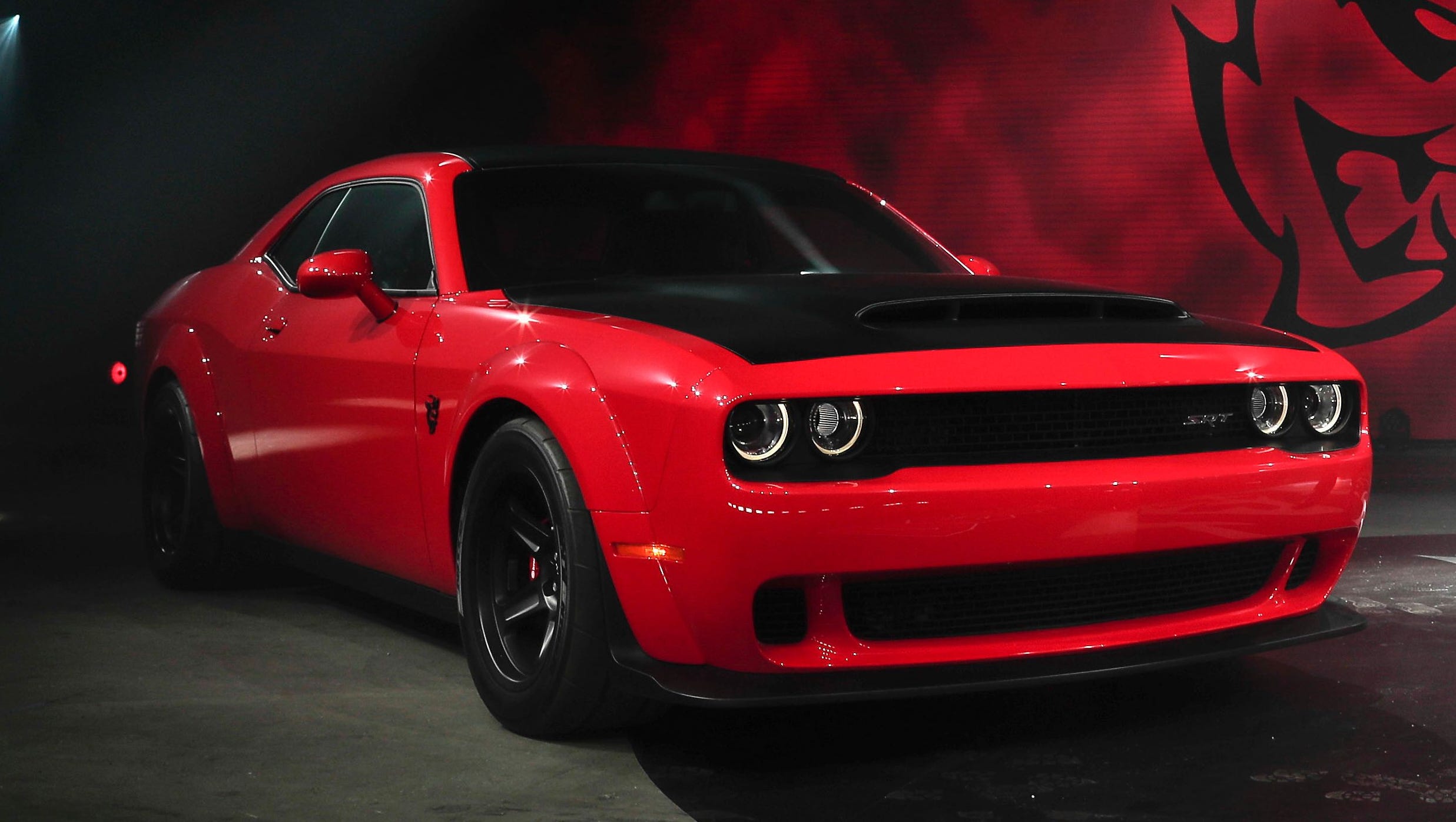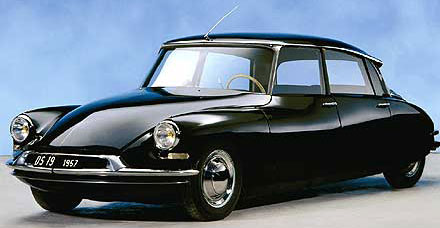
The Mitsubishi Eclipse may be the car for you. While it was not the fastest car in the world, it did have the same power as an M3 at the time. It wasn't the most attractive car and some angles make it look downright ugly. The Eclipse didn't cost much when it first came out. One can now find one for a fraction of the original price.
Toyota Supra
The Toyota Supra is an old Japanese muscle car from the 1980s. The Toyota Supra was originally a hatchback. It was longer and wider that the Celica and had an identical interior and price. Toyota changed the entire Celica model line for 1982. Although the front panels remained the same, the front section was longer to accommodate the Inline-6 engine. Toyota had a similar idea for the car but the Supra would face off against the Datsun Z-car. The Supra was originally launched in the US as a sporty version to the Toyota Celica.

Datsun 240Z
The Datsun 240Z is a famous car that has become a symbol of American culture. American car buyers gravitated towards this Japanese model because it was affordable and offered high performance. It is still a favorite choice for car collectors and enthusiasts today. These are some facts and figures about this car. This car was manufactured in Japan and exported to the United States.
Nissan 300ZX Turbo
The Nissan 300ZX Turbo is no longer sold in America, but it remains a beloved classic sports car. There is still a huge fan base for the car, and many aftermarket parts have been made. The following are some of the best parts for the Nissan 300ZX Turbo. For more information on each, please read the following. Here are some of our favorite. But do you want to try one for yourself?
Mazda 3000 GT
Mitsubishi made the Mazda 3000 GT, a high-performance coupe during the late 80s/early 90s. It was badged as the 3000GT in the United States. The Mitsubishi 3000GT, a rebadged Dodge Stealth that was considered to be a more attractive car, was released in the United States. The Mazda 3000GT is more authentically Japanese and has held up better than the Stealth.

Subaru 22B
Subaru 22B is a 1998 Subaru sportscar that was designed to celebrate the Subaru brand's three consecutive World Rally Championship titles. This marked the 40th year of the company. The car transformed the company's image, from a family car into a raging turbocharged icon. They wanted to create a vehicle that would become a landmark for their company. To do this, they had to give the car extensive surgery. The result was a car that had a wider track with an exotic suspension, adjustable rear-wing, bigger brakes, larger tires, and a more aggressive stance. The car's black interior was complemented by the blue paint and wider body from Peter Stevens’ WRC car.
FAQ
What is the difference?
They are both similar, but not identical. A mechanic repairs cars and an automotive technician performs maintenance.
A mechanic needs to be able and quick to use their manual dexterity. A mechanic should also be able accurately diagnose and repair problems.
An automotive technician needs to be more technically skilled than a mechanic. They must be able and able to read blueprints as well as use tools like drills or wrenches.
They must be able and competent to safely perform complicated procedures. They must be familiar with all types of electrical and engine systems.
They must also be capable of understanding how parts interact.
As a result, mechanics typically make less than technicians. Both careers have many options.
What is the best way to learn about car mechanics
To be an auto mechanic, you don't have to know much about cars. All you need to know is how to fix things. That's why most people start doing jobs like fitting brake pads or changing tires before progressing to more complex repairs.
You'll need the ability to read and understand diagrams and to follow simple rules of good practise. Also, you will need to know how to tell if parts require replacing or repair.
It is important that you have proper training and guidance before you attempt to repair vehicles. This is especially true when you are dealing with costly components like engines and transmissions.
Even though you don't need to be an expert on cars, it is important to understand the fundamentals of mechanical engineering and physical physics. This is how you understand the mechanisms behind engines and brakes.
Noting that all situations are possible, it is important to be prepared. You might be required to work on a vehicle that was involved in an accident. Also, you'll need to be familiar with dealing with accidents or breakdowns.
You should also be open to learning quickly. In order to be able diagnose and fix problems, you will also need to know how to do simple maintenance tasks such tightening bolts.
Is being an auto mechanic a promising career choice?
There are many exciting opportunities in the automotive industry for people who are driven to achieve excellence. Working hard and learning from others is the best way to be successful in this field.
Communication skills are important as customers and coworkers will often be your main focus. It's important to be flexible and willing to travel. This will make commutes difficult.
If you're interested in pursuing a career in automotive, consider taking classes at community colleges and universities. Many schools offer programs designed specifically for students interested auto repair, sales, and customer services.
If you decide to pursue a degree, you should study mechanical engineering. A bachelor's degree can be obtained in four years.
Many companies will hire students straight out of college. It's a smart idea to begin looking for work while you have the opportunity to study part-time.
Once you've completed your education, you'll probably need to complete some form of training before being able to take up a position as an automotive technician.
This means you'll need pass exams like the Automotive Services Excellence (ASE), certification exam. This test covers engine maintenance and brakes as well as suspension.
Once you've passed the ASE test, you can apply for a license issued by the National Institute for Automotive Service Excellence.
A license permits you to repair private vehicles. In exchange, you'll receive compensation based on the number of services performed.
Not all states require licensing. If you intend to work in another state, however, you will need a license.
Some states will not issue licenses until an individual has completed certain training. This may be the case for you.
What qualifications are necessary to become a truck driver mechanic?
Although you don’t have formal qualifications, you have extensive experience with engines and trucks. Your knowledge is valuable as you are able to quickly diagnose problems and work efficiently.
You also have an excellent knowledge of diesel technology which will help you to understand what parts are needed to repair our vehicles.
To work as an automotive mechanic, do I need a degree? Can I do part-time studies?
Although it's not mandatory, a degree can help. Employers prefer candidates who have completed a full degree. It shows that your efforts have been put in and you have succeeded.
This doesn't necessarily mean you can't continue to work while studying. Many universities permit students to take courses during the summer holidays, and then finish their studies in the fall. Others allow students to study part-time all year.
What qualifications do you need to be a mechanic?
To become a mechanic, you'll need to pass a series of exams. These exams include:
-
A general knowledge exam
-
A practical exam
-
An apprenticeship test
These tests are designed to ensure that you understand the basic concepts of mechanical engineering and physics before you start working as a mechanic.
Once you pass these tests you can become a mechanic. However, you'll still need to complete an apprenticeship. This will include training in the trade.
To learn all there is to know about fixing vehicles, you will need workshops and classes. Additionally, you will need to work with experienced mechanics.
If you want to be a successful mechanic, it will take concentration and attention to detail. You will need to pay careful attention to every aspect when repairing vehicles.
To become a good mechanic, you need patience and persistence. If you don’t enjoy following instructions, this might not be the right career path.
But if you love cars and enjoy fixing them, you could be very happy in this line of work.
Does it matter what college I go to?
Non, really. There is no difference between colleges in terms of how to get into the automobile industry. There are some schools that offer more specific programs than others.
Statistics
- The U.S. Bureau of Labor Statistics (BLS) reports that the job outlook for automotive service technicians and mechanics is expected to decline by 4% from 2019 to 2029. (indeed.com)
- According to the BLS, the median annual salary for automotive service technicians and mechanics in the United States was $44,050 in May 2020. (uti.edu)
- There were 749,900 jobs available for automotive service technicians and mechanics in 2016, which is expected to grow by six percent through 2026. (jobhero.com)
External Links
How To
How to properly diagnose and repair your vehicle
You should first examine the symptoms your car is showing to determine if it requires repairs. Then, follow these steps to diagnose your vehicle properly.
-
Check engine lights. Make sure to check all dashboard indicators like the engine light indicator (oil pressure gauge), the battery indicator (battery light indicator), and the RPM indicator (rpm gauge). It could indicate that your vehicle is having problems.
-
Check the treads of your tires. Tires that are worn can cause issues with handling and braking. You should also inspect the wheel treads. They should be clean and smooth. This can be done by removing the wheels from the vehicle and taking them off. You can check the tread wear with a flashlight.
-
Check the level of brake fluid. You must keep track on the level of brake fluid in your vehicle. This will ensure that your brakes run smoothly. Low brake fluid levels can cause brake failure when you apply pressure.
-
You should test the suspension system. The suspension system in vehicles absorbs vibrations and shocks. It provides better control and allows smoother acceleration and deceleration. Your vehicle might feel wobbly, or shake uncontrollably if it has a bad suspension. Try putting some weight on your front or rear axle to determine if you have a suspension problem.
-
Examine the steering wheel. The steering column connects the steering wheel to all other components of the vehicle. Steering columns can be damaged by accidents. You should replace your steering column if it feels loose or unstable.
-
Observe the exhaust pipes. The exhaust pipes transport gases from the combustion chamber to outside. Exhaust pipes that are cracked or leaking can allow harmful fumes to enter your cabin. It is also important to repair any bends in your tailpipe immediately.
-
Look under your hood. If you see anything unusual, take a look under the hood. Your engine could be leaking fluids. You should also contact a professional technician if there is an unusual odor coming from the engine compartment.
-
It is important to inspect the air filter. The outside environment can collect dust and other debris in your vehicle's air filters. Dirty air filters can cause your vehicle to run poorly. Replace your air filter regularly.
-
Verify the fan belt. The fan belt is the link between the engine and the transmission. The engine will not turn if the fan belt breaks. It is very easy to replace your belt. All you need to replace the belt is a screwdriver with pliers.
-
Verify the radiator hoses. The radiator hose transports water from radiator to engine. It can cause hot liquid to leak onto the engine if it is damaged or cracked. The hose can be repaired with a pair or needle-nosepliers, and a wire brush.
-
Be sure to inspect your windshield wipers. Windshield wipers use electricity for snow and rain removal. If they stop working, they could leave streaks on your window glass. You can fix the problem by changing the washer fluid.
-
The battery cables should be checked. The battery cables supply power to your car's electrical systems. Always disconnect the negative wire before you replace batteries. Failure to do so can damage your alternator.
-
Check the headlights. Headlights illuminate the road ahead of you. If they don't work properly, it can cause poor visibility. Inspect the bulbs for signs of burnt out.
-
Pay attention to the lights. Lights warn other drivers when you approach them at night. You may be distracted by the light and end up in an accident.
-
Check your brakes. Before you get in a car accident, your brakes will be slowing down your vehicle. If the brakes fail to work correctly, your car could lose control and collide with another vehicle.
-
Change your oil. The oilkeeps your engine lubricated. It prevents metal parts from rusting too quickly. It is recommended to change the oil once a month.